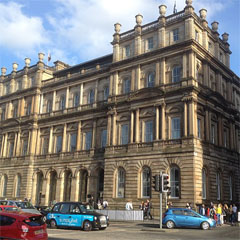
Waverley Gate
Wellington Statue, 2 Princes St, Edinburgh EH1 3YY
This major traffic intersection provided access to armed forces offices in Register House, and was an important area for ‘old India hands’. In John Bayll’s tavern, now site of the Waverleygate building, the East India Club was founded in 1797. In 1799, they contributed 20 guineas to survivors of a fire in the Cowgate and in 1801, 50 guineas to a house of industry. Opposite, at 10 Princes Street, Poole’s Coffee House, was the local of military men, including veterans of Indian campaigns, such as Seringapatam and Assaye, led by Lord Wellington (1769-1852), whose equestrian statue still dominates the area.
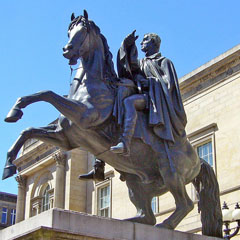
The Wellington Statue in front of Register House.
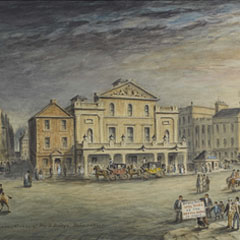
Shakespeare Square and Princes Street by John Le Conte, 1857.
Find out more

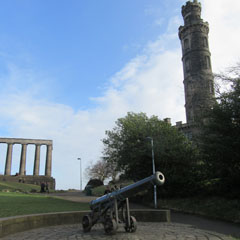 Calton Hill, Edinburgh EH7 5AA
Calton Hill, Edinburgh EH7 5AA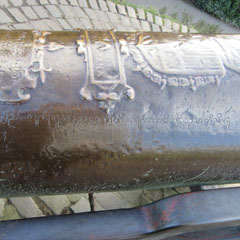
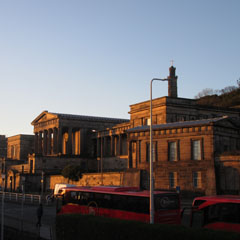
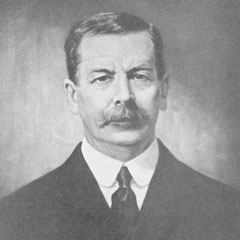
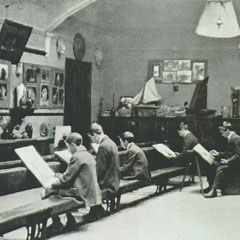

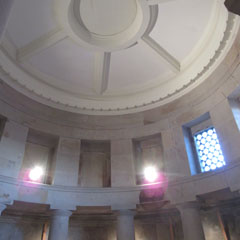
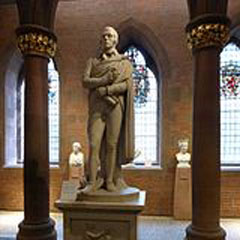
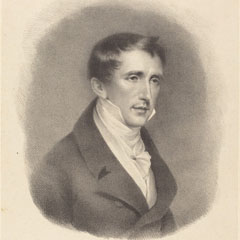
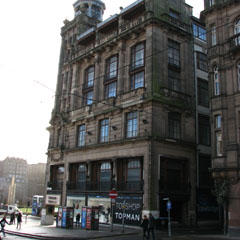


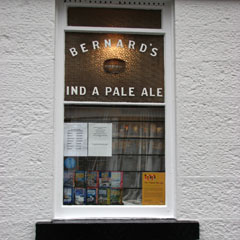
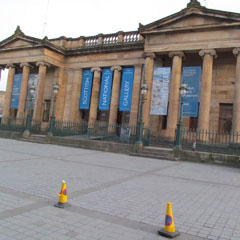

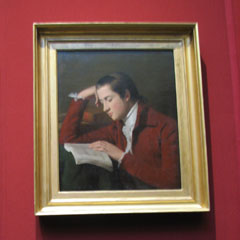
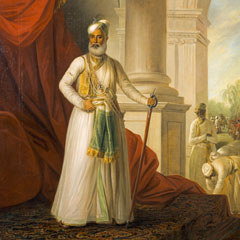
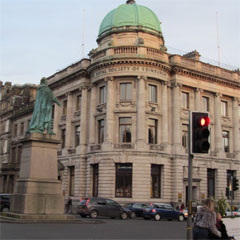

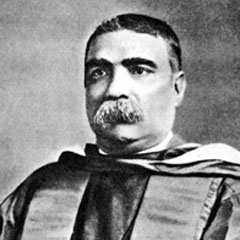
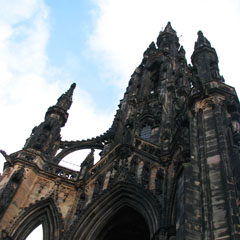 Scott Monument, E. Princes St Gardens, Edinburgh EH2 2EJ
Scott Monument, E. Princes St Gardens, Edinburgh EH2 2EJ

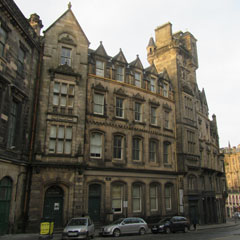
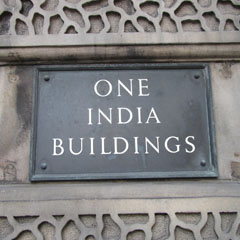
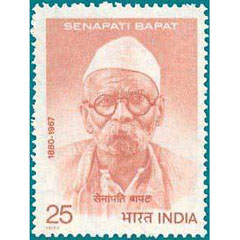
 George Heriot’s School, Lauriston Place, Edinburgh EH3 9EQ
George Heriot’s School, Lauriston Place, Edinburgh EH3 9EQ
